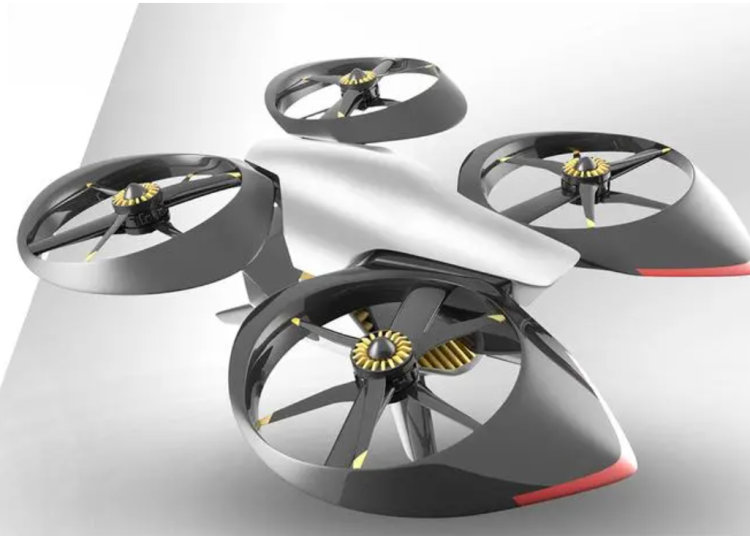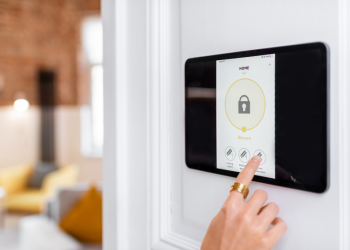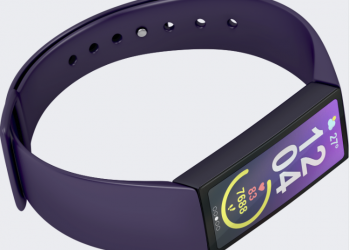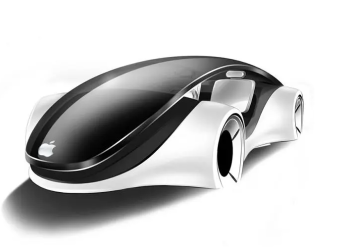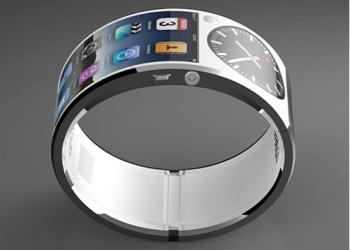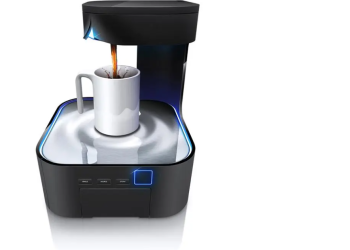In today’s fast-paced world, staying fit and healthy is more important than ever. With the rise of smart wearables, exercise routines are undergoing a significant transformation. These innovative devices are not only tracking fitness data but also revolutionizing the way we approach exercise. In this essay, we’ll explore how smart wearables are shaping the future of fitness and empowering individuals to lead healthier lives.
1. Introduction
Smart wearables, such as fitness trackers and smartwatches, have become ubiquitous in our society. These devices are equipped with advanced sensors and technologies that enable them to track various aspects of our health and fitness in real-time. As more people prioritize their health and wellness, the demand for smart wearables continues to rise, ushering in a new era of fitness innovation.
2. Tracking and Monitoring
One of the key features of smart wearables is their ability to track and monitor fitness data. From step counts to heart rate variability, these devices provide users with valuable insights into their exercise routines. By constantly monitoring their progress, users can make informed decisions about their workouts and adjust their goals accordingly.
3. Personalized Workouts
Smart wearables are also revolutionizing exercise by offering personalized workout plans tailored to individual needs and preferences. By analyzing data such as heart rate, sleep patterns, and activity levels, these devices can create customized training programs that optimize performance and maximize results. This level of personalization allows users to achieve their fitness goals more efficiently and effectively.
4. Motivation and Accountability
In addition to tracking and personalizing workouts, smart wearables also play a crucial role in motivating users to stay active. Through gamification elements and social features, these devices make exercise more engaging and enjoyable. Whether it’s earning badges for reaching milestones or competing with friends in challenges, smart wearables provide the motivation and accountability needed to stick to a fitness routine.
5. Health Monitoring
Beyond fitness, smart wearables are also monitoring various health metrics, such as heart rate, sleep quality, and stress levels. By continuously monitoring these vital signs, users can gain valuable insights into their overall health and well-being. This proactive approach to health monitoring enables early detection of potential health issues, allowing users to take preventive measures and improve their overall quality of life.
6. Feedback and Analysis
Smart wearables provide users with real-time feedback on their exercise form and performance, helping them make adjustments as needed to optimize their workouts. By analyzing workout data over time, these devices can identify patterns and trends, allowing users to track their progress and set achievable goals. This feedback loop empowers users to make informed decisions about their fitness journey and stay motivated along the way.
7. Integration with Smart Home Devices
With the rise of smart home devices, smart wearables are increasingly integrating with other technologies to create a seamless fitness experience. From controlling workout equipment to accessing virtual trainers and workout videos, these devices are transforming the way we exercise at home. By leveraging the power of smart home technology, users can create a holistic approach to health and wellness that fits their lifestyle.
8. Wearable Technology Advancements
Advancements in wearable technology are driving the evolution of smart wearables, with innovations such as biometric sensors and advanced algorithms improving accuracy and performance. As these devices become smaller, lighter, and more powerful, they’re becoming even more convenient and accessible to users. With improved battery life and enhanced features, smart wearables are poised to revolutionize the future of fitness.
9. Challenges and Limitations
Despite their many benefits, smart wearables also face challenges and limitations. Issues such as accuracy and reliability of fitness tracking data, privacy concerns, and affordability and accessibility issues need to be addressed to ensure widespread adoption and acceptance. By addressing these challenges head-on, the fitness industry can continue to innovate and evolve.
10. User Adoption and Behavior Change
Encouraging user adoption of smart wearables for fitness requires a multifaceted approach that addresses barriers to entry and promotes behavior change. By providing education, incentives, and support, the fitness industry can empower individuals to embrace the future of fitness technology and make lasting changes to their health and wellness habits.
11. Market Trends and Industry Growth
The smart wearable market in the fitness industry is experiencing rapid growth, with increasing demand for devices that offer advanced features and capabilities. Leading wearable manufacturers are competing to innovate and differentiate themselves in this competitive landscape, driving further advancements and improvements in the field.
12. Case Studies and Success Stories
Real-life examples of individuals achieving fitness goals with smart wearables serve as powerful testimonials to the transformative impact of these devices. From weight loss success stories to improved athletic performance, smart wearables are empowering users to take control of their health and fitness in ways never before possible.
13. Ethical Considerations
As smart wearables collect and store vast amounts of personal health data, ethical considerations surrounding data privacy and security become paramount. It’s essential for wearable manufacturers and developers to prioritize transparency, consent, and user control when it comes to data collection and usage, ensuring that user privacy is protected at all times.
14. Regulatory Landscape
The regulatory landscape governing wearable technology and health data privacy is complex and evolving. As governments around the world enact new regulations and standards, wearable manufacturers and developers must ensure compliance to avoid legal and reputational risks. By staying informed and proactive, the industry can navigate regulatory challenges and continue to innovate responsibly.
15. Conclusion
In conclusion, the future of fitness is bright with the rise of smart wearables. These innovative devices are revolutionizing exercise routines by tracking and monitoring fitness data, providing personalized workouts, and motivating users to stay active. With advancements in wearable technology and a growing market demand, the potential of smart wearables to transform health and wellness is limitless.
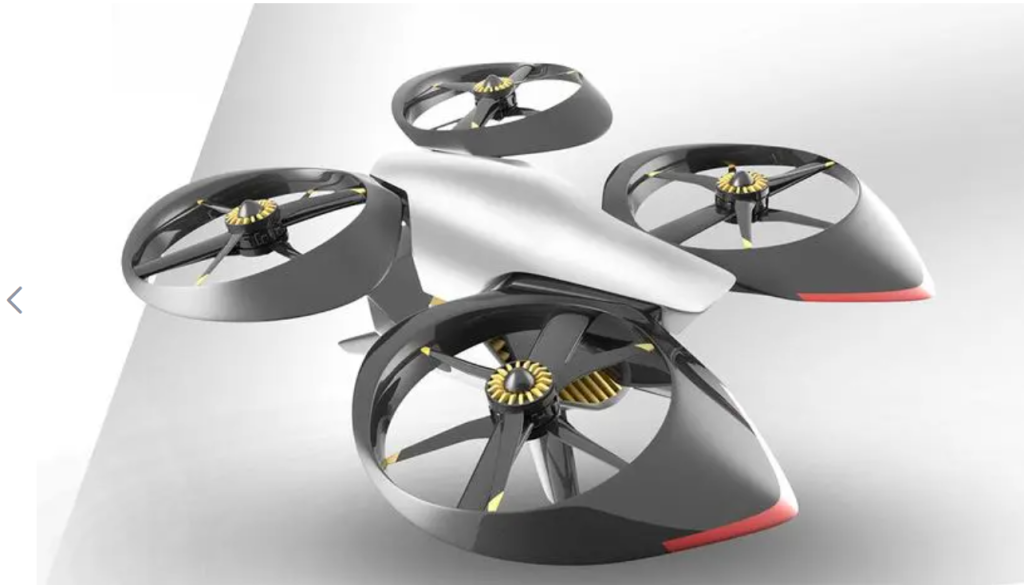
FAQs After The Conclusion:
1. Are smart wearables accurate for tracking fitness data? While smart wearables have become increasingly accurate over the years, there may still be variations in data accuracy depending on the device and the metrics being tracked. It’s essential to choose a reputable brand and calibrate the device properly for accurate results.
2. How can I ensure my privacy is protected when using smart wearables? To protect your privacy when using smart wearables, review the device’s privacy settings and adjust them to your comfort level. Be cautious about sharing sensitive health data and only use trusted apps and services with robust security measures in place.
3. Can smart wearables help me lose weight? Smart wearables can be a valuable tool for weight loss by tracking activity levels, monitoring calorie burn, and providing feedback on exercise performance. However, achieving weight loss goals also requires a balanced diet and lifestyle changes.
4. Are there any risks associated with using smart wearables for fitness? While smart wearables offer numerous benefits for fitness and health monitoring, there may be risks associated with prolonged use, such as skin irritation or discomfort. It’s essential to use the device according to manufacturer guidelines and listen to your body’s signals.
5. Do I need a smartphone to use a smart wearable? While many smart wearables are designed to be paired with smartphones for full functionality, some devices offer standalone features such as GPS tracking and music playback. Consider your specific needs and preferences when choosing a smart wearable.
6. Can I use smart wearables for medical purposes? While smart wearables can provide valuable health insights, they are not intended to diagnose, treat, or prevent any medical conditions. Always consult with a healthcare professional for personalized medical advice and treatment.
7. How long do smart wearables typically last? The lifespan of a smart wearable depends on factors such as usage, care, and technological advancements. With proper maintenance and regular software updates, many devices can last several years before needing replacement or upgrades.
8. Are smart wearables suitable for people of all fitness levels? Smart wearables can be beneficial for individuals of all fitness levels, from beginners to advanced athletes. By offering personalized workouts and tracking capabilities, these devices can help users set and achieve fitness goals regardless of their starting point.


